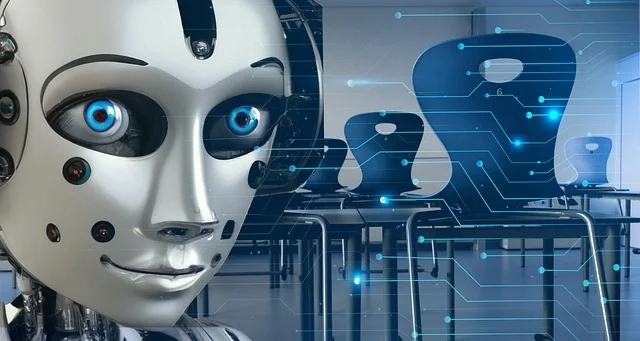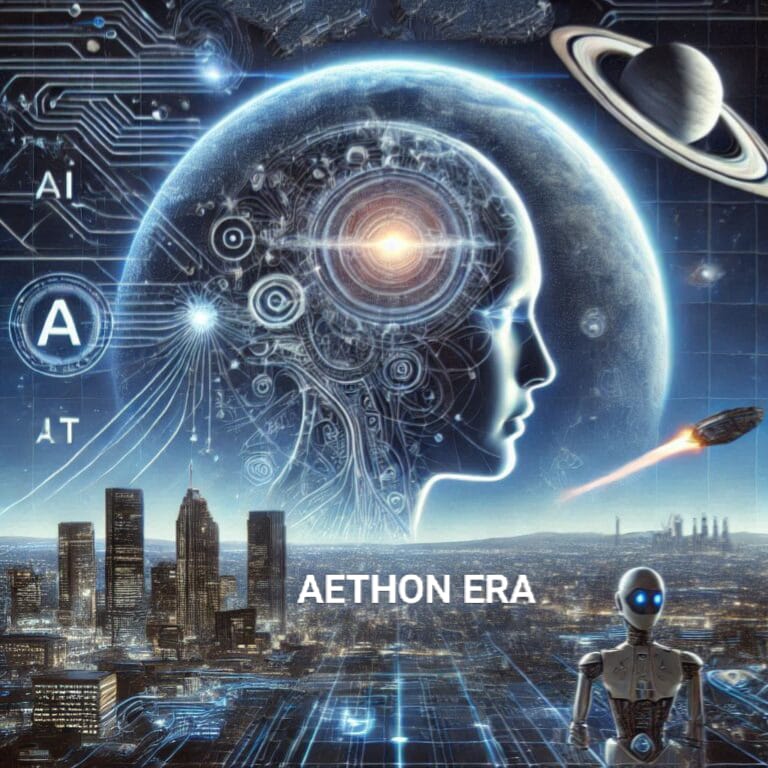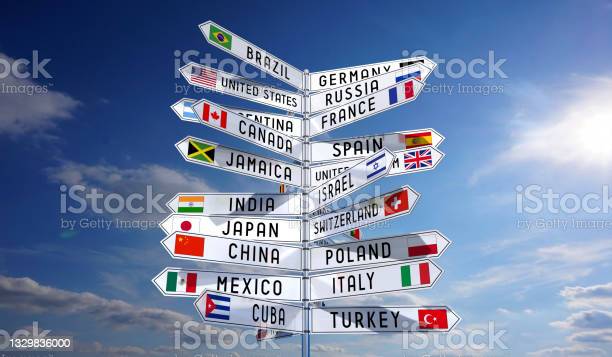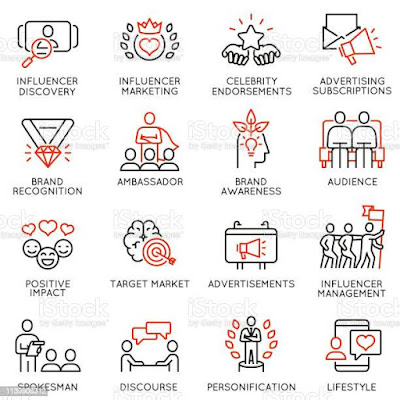Watching a movie in a 3D cinema with special goggles is a delight compared to traditional cinema. But you will be excited to know that the metaverse is a broader concept encompassing interconnected virtual worlds and a range of interactive activities beyond just watching movies. Emerging economies can explore new development horizons, and governments can minimize their expenses by employing this technology.
In the metaverse, users can not only passively consume content but actively participate, socialize, create, and own digital assets. They can navigate through virtual spaces, interact with other users, and engage in various activities beyond watching movies, such as playing games, attending virtual events, exploring virtual environments, and conducting virtual businesses.
Introduction
The metaverse is a virtual world where people can live, work, shop, learn, and interact with each other, all from the comfort of their own homes. It is a 3D virtual realm that goes beyond the traditional browsing experience of the internet. In the metaverse, users are represented by digital avatars that can move freely between different experiences, carrying their identities and assets with them.
What is the Metaverse?
The metaverse can be defined as a massively scaled and interoperable network of real-time generated 3D virtual worlds. It is an immersive and persistent environment that can be experienced synchronously by an unlimited number of users. In the metaverse, users have an individual sense of presence and continuity of data, such as identity, history, entitlements, objects, communications, and payments.
Importance of the Metaverse
The metaverse holds significant importance for several reasons. First, it represents a new frontier for economic growth and innovation. The potential market size of the metaverse economy is estimated to reach $5 trillion by 2030, with e-commerce playing a dominant role. This presents a massive opportunity for countries like Pakistan to participate and benefit from this emerging digital economy.
Second, the metaverse has the potential to bridge geographical and socioeconomic gaps. In a connected virtual world, physical barriers become less relevant, and individuals from different parts of the world can interact and collaborate seamlessly. This opens up new avenues for cross-cultural exchange, global trade, and knowledge sharing.
Third, the metaverse can address the limitations of physical infrastructure in developing countries. In regions where access to quality education, healthcare, and employment opportunities is limited, the metaverse can provide virtual alternatives. Virtual classrooms, telemedicine, and remote workspaces can help bridge the gap between underserved communities and essential services.
A Short History of the Metaverse
The concept of the metaverse dates back to 1992 when the term was coined by author Neal Stephenson in his novel “Snow Crash.” Since then, the technologies that enable the metaverse, such as virtual reality (VR) and augmented reality (AR), have evolved significantly. However, critical components like interoperability standards and adequate bandwidth are still in development. In the context of the metaverse, interoperability refers to the ability of different virtual environments, platforms, or applications to seamlessly interact and communicate with each other. It is the capability for users, objects, or data to move between different metaverse experiences, regardless of the specific technology or platform they are using. For example, interoperability would enable a user to have an avatar that can travel and interact in multiple metaverse environments, regardless of the underlying technology or platform used by each environment. It would allow users to transfer their virtual assets, such as virtual currency, items, or creations, between different metaverse platforms comfortably.
Attributes of an All-Encompassing Metaverse
According to author Matthew Ball, the metaverse should have certain attributes, including being massively scaled, interoperable, real-time generated, and experienced synchronously and persistently by users. It should also provide continuity of data, such as identity, history, entitlements, objects, communications, and payments.
How Does the Metaverse Work?
The metaverse is a digital ecosystem built on 3D technology, real-time collaboration software, and blockchain-based decentralized finance tools. The degree of interoperability among virtual worlds, data portability, governance, and user interfaces will depend on how the metaverse develops. At present, various technologies like artificial intelligence, the Internet of Things, extended reality, and blockchain play a role in enabling different aspects of the metaverse experience.
Users access the metaverse through devices like computers, smartphones, virtual reality headsets, or augmented reality glasses. They navigate through virtual spaces, interact with objects and other users, and participate in various activities. The metaverse relies on a combination of cloud computing, high-speed internet connectivity, and powerful hardware to render immersive and interactive virtual environments in real-time.
Metaverse Technologies
Several technologies contribute to the development and functioning of the metaverse:
- Virtual Reality (VR): VR devices, such as headsets, enable users to immerse themselves in virtual environments, providing a sense of presence and interactivity.
- Augmented Reality (AR): AR overlays digital information onto the real world, enhancing the user’s perception and interaction with their physical surroundings.
- Artificial Intelligence (AI): AI algorithms power virtual characters, intelligent assistants, and personalized experiences within the metaverse.
- Blockchain: Blockchain technology ensures secure and transparent transactions, digital asset ownership, and decentralized governance within the metaverse.
- Extended Reality (XR): XR encloses VR, AR, and mixed reality (MR) technologies, fogging the line between the physical and virtual worlds.
- Cloud Computing: Cloud infrastructure supports the storage, processing, and delivery of data required for the metaverse experience. (Cloud Technology)
- 3D Graphics and Simulation: Realistic 3D graphics, physics simulations, and spatial audio technologies create immersive virtual environments.
Difference Between the Internet and the Metaverse
While the internet connects people and provides access to information and services, the metaverse aims to create a shared virtual space where people can engage with each other and the digital world in more immersive and interactive ways. The metaverse goes beyond browsing websites and instead focuses on building interconnected virtual worlds where users can live, work, socialize, and create.
The internet is primarily a 2D medium, while the metaverse is built on 3D technology, offering a more immersive and spatial experience. Additionally, the metaverse emphasizes user-generated content and personalization, allowing individuals to create and own digital assets, participate in virtual economies, and shape the virtual world around them.
Current Use Cases of the Metaverse
Although the metaverse is still in its early stages, there are already several notable use cases across various industries:
- Gaming: Virtual worlds like Roblox, Fortnite, and Minecraft demonstrate the potential of the metaverse for gaming, enabling players to socialize, create, and monetize their experiences.
- Social Media: Platforms like Facebook, Horizon and Decentraland aim to create social metaverse experiences where users can connect, interact, and share content in virtual spaces.
- Virtual Events: With the rise of remote work and online conferences, the metaverse offers a way to host immersive virtual events, bringing people together from different locations.
- E-commerce: Companies are exploring virtual stores and marketplaces within the metaverse, enabling users to browse and purchase digital and physical goods in interactive environments.
- Education: The metaverse has the potential to transform education by providing immersive and interactive learning experiences, virtual classrooms, and simulations.
The Role of NFTs in the Metaverse
Non-Fungible Tokens (NFTs) have gained importance in the context of the metaverse. NFTs are unique digital assets that can represent ownership of virtual land, in-game items, artwork, virtual fashion, and more. They are based on blockchain technology, providing origin, scarcity, and verifiable ownership.
NFTs allow users to buy, sell, and trade digital assets within the metaverse, creating new opportunities for creators, artists, and developers to monetize their work. They also enable users to have true ownership and control over their digital possessions, fostering a sense of value and rarity within the virtual world.
Opportunities for Pakistan and the Developing World
As technology continues to advance rapidly, it is crucial to understand the scope and opportunities that the metaverse presents.
- Economic Growth: The metaverse offers a platform for entrepreneurs and businesses in Pakistan to tap into a global market. By embracing metaverse technologies and developing virtual products and services, Pakistani companies can reach a worldwide audience and generate new revenue streams.
- Job Creation: The metaverse will require a wide range of skills, including virtual world development, 3D modelling, artificial intelligence, and blockchain expertise. This presents an opportunity for job creation and skill development, particularly among the youth in Pakistan. Training programs and educational initiatives can equip individuals with the necessary skills to thrive in the metaverse economy.
- Education and Training: The metaverse can revolutionize education and training in Pakistan. Virtual classrooms can provide access to quality education, even in remote areas with limited resources. Students can engage in interactive learning experiences, collaborate with peers from different backgrounds, and explore virtual simulations to enhance their understanding of complex concepts.
- Virtual Tourism: Pakistan is known for its rich cultural heritage and breathtaking landscapes. The metaverse can serve as a platform to showcase these attractions to a global audience. Virtual tourism experiences can generate interest in visiting Pakistan physically, boosting the tourism industry and promoting cultural exchange.
- Digital Arts and Entertainment: The metaverse offers a creative playground for artists, musicians, and content creators. Pakistani artists can showcase.
Read more: Pakistan Can Become an AI Superpower
Governments can Minimize Their Expenses
Governments can introduce metaverse technologies to minimize their expenses in several ways:
- Virtual Meetings and Conferences: Instead of physically travelling to a location for meetings or conferences, government officials can use virtual meeting platforms within the metaverse. This eliminates the need for expensive travel arrangements, accommodation, and related expenses. Virtual meetings can provide a similar level of interaction and collaboration, saving significant amounts of money on travel and logistics.
- Virtual Tours and Inspections: Rather than physically visiting locations for inspections or assessments, government officials can utilize virtual reality (VR) or augmented reality (AR) technologies to conduct virtual tours. This can be particularly useful for large-scale infrastructure projects or distant locations, reducing travel costs while still allowing officials to assess the situation remotely.
- Virtual Training and Education: Governments often invest in training programs for officials or public servants. By incorporating metaverse technologies, such as virtual classrooms or simulation-based training, governments can minimize expenses associated with venue rentals, travel, and accommodation. Virtual training can be highly interactive, immersive, and cost-effective, providing practical experiences without physical limitations.
- Remote Collaboration and Communication: Metaverse technologies facilitate seamless remote collaboration among government officials. Virtual workspaces, shared environments, and communication tools can enable real-time collaboration, irrespective of geographical distances. This reduces the need for extensive travel and enables efficient coordination between different departments or agencies.
- Virtual Government Services: Governments can employ the metaverse to provide virtual services to citizens. For example, virtual town halls, digital service centres, or online consultations can eliminate the need for physical infrastructure and staffing costs, while still allowing citizens to engage with government officials and access services conveniently.
By embracing metaverse technologies, governments can significantly reduce expenses associated with travel, accommodation, and infrastructure, leading to cost reductions and savings for taxpayers. However, it’s important to consider the limitations and ensure a balance between virtual interactions and maintaining meaningful in-person connections when necessary.
Conclusion
The metaverse represents a vision of a connected digital reality that goes beyond the internet as we know it. It promises immersive and interactive experiences spanning gaming, socializing, commerce, education, and beyond. While the metaverse is still evolving, it holds the potential to transform how we live, work, and connect with others in a digital-first future. This technology enables emerging economies to explore new horizons of development while enabling governments to minimize their expenses.
*Read more Exploring Exciting Opportunities for Teachers with AI: The Future of Education – Republic Policy










